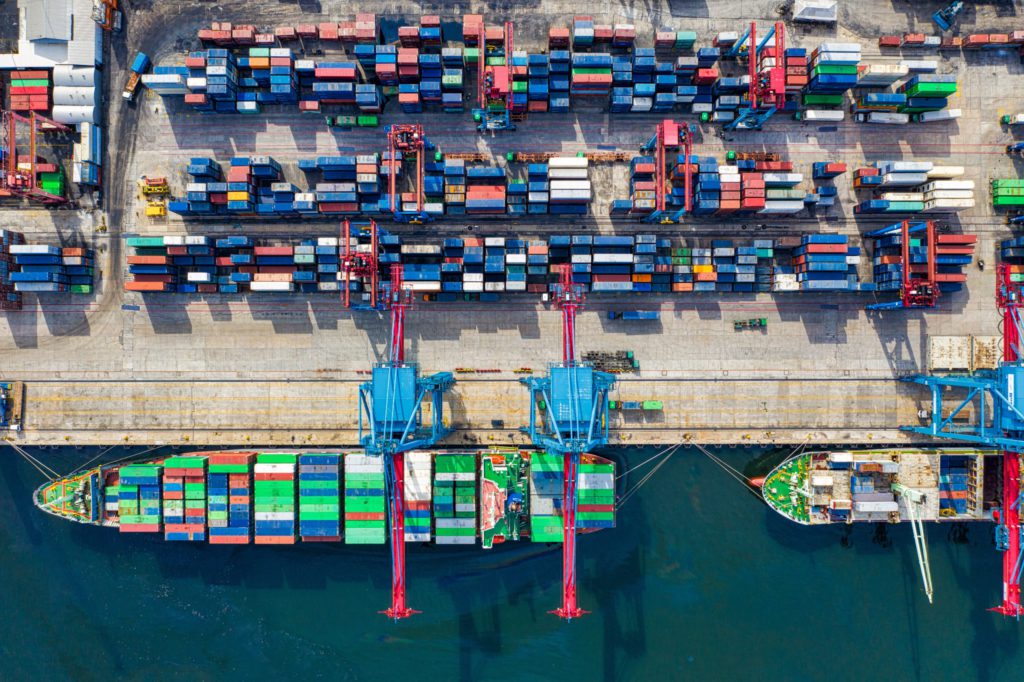Inventory optimization becomes a priority for mining companies

These vulnerabilities have exposed gaps in the way companies predict and manage the supply chain to avoid downtime. “If I’m running a mine or smelter, I don’t want to ever have to think about the supply. It has to be there. If I don’t have tires in the warehouse, for example, or fuel, I can’t do anything,” says Theo Yameogo, EY Americas Mining and Metals leader.
Yameogo says the solution lies in trusting your supply data and what it’s telling you on a regular, even daily, basis. Using technology to ease this process becomes imperative for mining companies striving to minimize the cost and disruption of an uncertain supply chain.
He likens traditional versus new solutions to inventory risk management to the difference between having your blood pressure checked at semi-regular visits to the doctor and wearing a smartwatch to automatically track a constant stream of health data. At the end of day, which method is going to provide the most robust data and be most sensitive to changes or trends?
That’s where software such as Xtivity’s Pulse enters the picture by providing deep analysis of historical and current transactional data to uncover opportunities for MRO (spare parts) inventory optimization. Part of Remsoft, a Canadian intelligence technology leader for asset-intensive industries, Xtivity enables mining companies to improve equipment reliability, cashflow and operational efficiency through targeted inventory optimization and agile management. Pulse is a quick-to-deploy, data-driven SaaS solution that provides inventory insights, makes prioritized recommendations for improvements and measures the resulting impacts.
Once inventory managers can see and trust the data, they can make sense of it and begin to optimize their decision-making under different scenarios, says Yameogo. He emphasizes the importance of supply chain visibility: tracking individual parts from the moment they are purchased to the time they arrive on-site to the moment they are consumed; a constant feedback loop between acquisition and consumption that ensures nothing goes to waste while at the same time avoiding gaps in supply.
In order to build this resilient supply chain, and to be able to predict rather than just react, mining companies must get comfortable with relying on external support from experts with a deep understanding of complex global supply chains and how they operate. In this respect, mining is no different from any other sector.
“A shipping company doesn’t differentiate between clothing and reagents,” Yameogo says. “Getting a sense of what’s going on in the supply chain world in general is critical.”
Looking ahead, Yameogo sees four macro trends that could affect the supply chain for mining: digitization, inflation, decarbonization and nationalism. Covid accelerated digitization in the sector as companies were forced to find new ways to work remotely and improve visibility in the supply chain, but inflation is cutting into the resulting cost savings.
Over the longer run, the carbon/travel footprint of parts is an increasingly significant factor in the ability to attract capital, while the trend towards building domestic supply chains of critical materials to minimize geopolitical risks reduces enthusiasm for long-range shipping and globalization in general.
“There could be an interesting change in how we view supply towards less globalization and more ‘glocalization’, or products or services developed globally but adapted for the local market,” concludes Yameogo.




